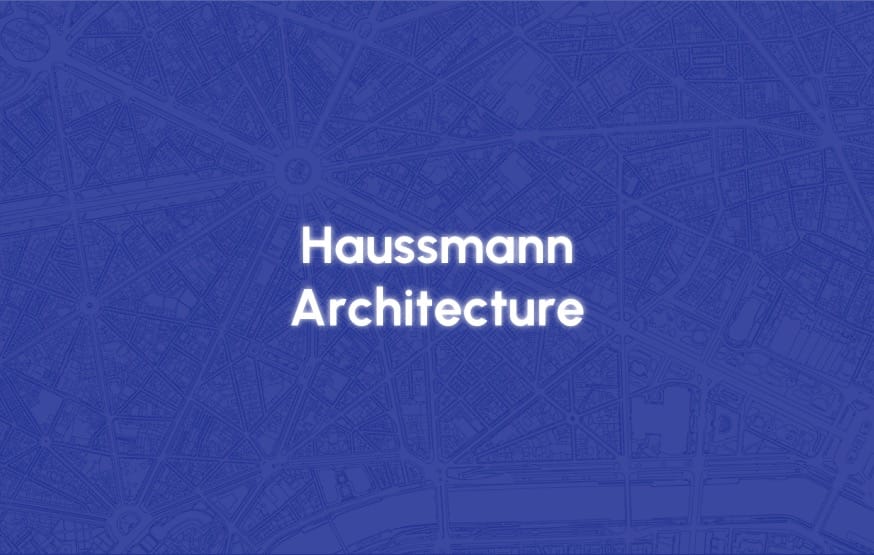Georges Haussmann, a Prefect of Paris, ever the ambitious and practical man, stood poised to speak. He was ready to navigate the labyrinth of negotiation, to probe for some space to manoeuvre. But the paperwork had already been signed. A wave of finality settled over the room.
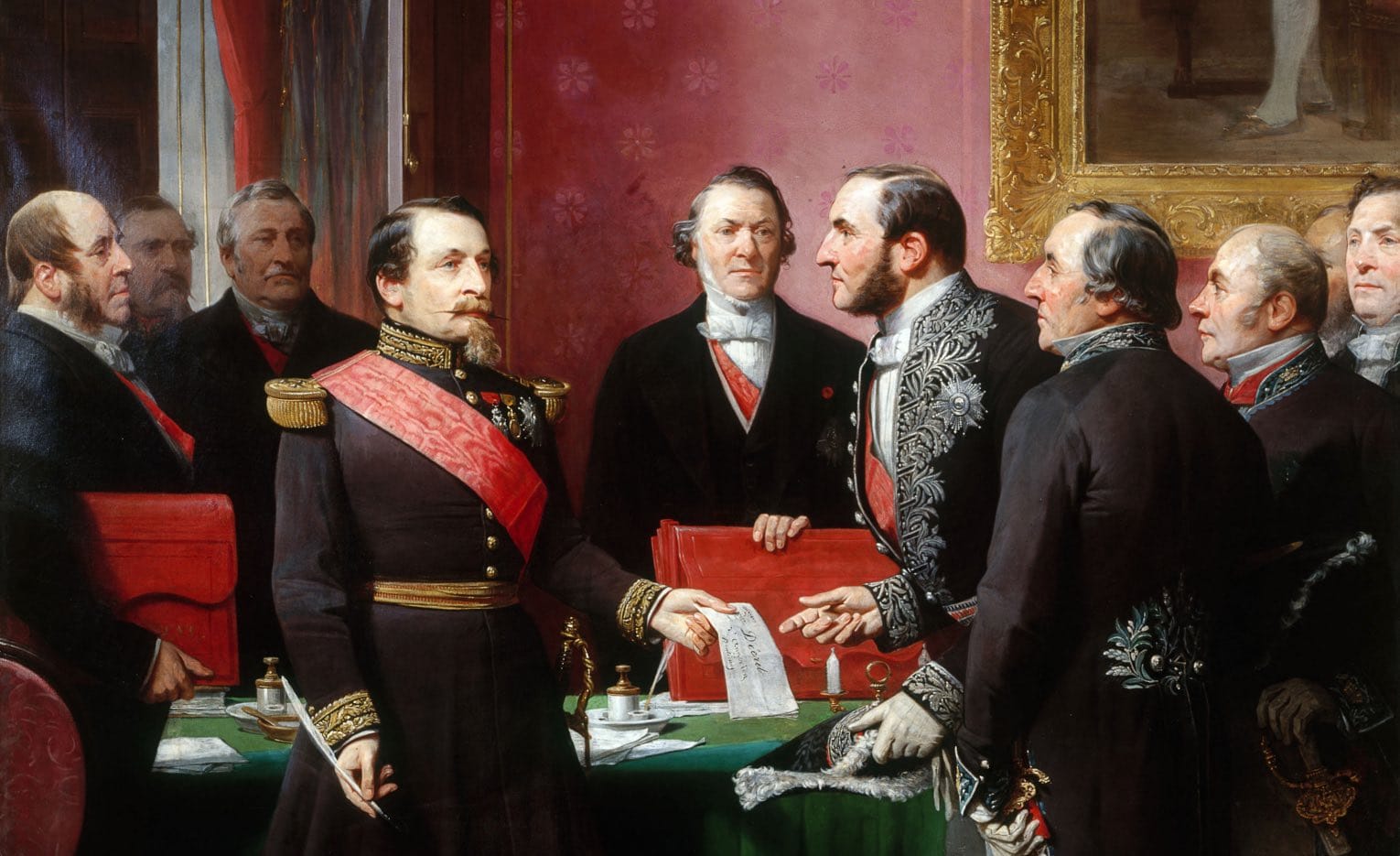
Across from him, the notoriously nonchalant Napoleon III gazed into the infinity with an air of detachment, his thoughts clearly drifting far from the solemnity of contracts and agreements. In his mind, he was already planning an extravagant rooftop pool BBQ party to be held during the International Exposition in a city yet to be built, a spectacle that would surely dazzle and delight the crème de la crème of society.
The stars had aligned. Expectations soared as high as the Parisian skyline would soon rise, buoyed by promises of timely deliveries and impeccable quality. The budget, though—a trivial matter in this grand scheme—was of no concern to anyone involved. After all, what were a few francs when weighed against the dreams and ambitions of an Emperor?
Likewise, nobody seemed particularly concerned whether the project would unfold incrementally, bit by bit, or burst forth all at once in a grand, sweeping transformation. It mattered little if they used templates or crafted every detail from scratch, whether they employed in-shore experts or sought the talents of off-shore specialists. It must have been a rival to London, with its sprawling open spaces, intricate connectivity, vibrant diversity, and unique identity. A city that could match its grandeur while offering something distinctly its own.
Haussmann, the master of composure, took a moment to reflect on the predicament in which he found himself entangled. His mind raced, piecing together the implications of the project. Yet, as always in moments of uncertainty, he maintained an outward calm, a serene expression masking the storm of thoughts beneath. It was his custom to appear unruffled, to play it cool, even when the stakes were as high as the spires he envisioned for his city. Inwardly, however, he couldn’t help but wonder what exactly he had gotten himself into this time.
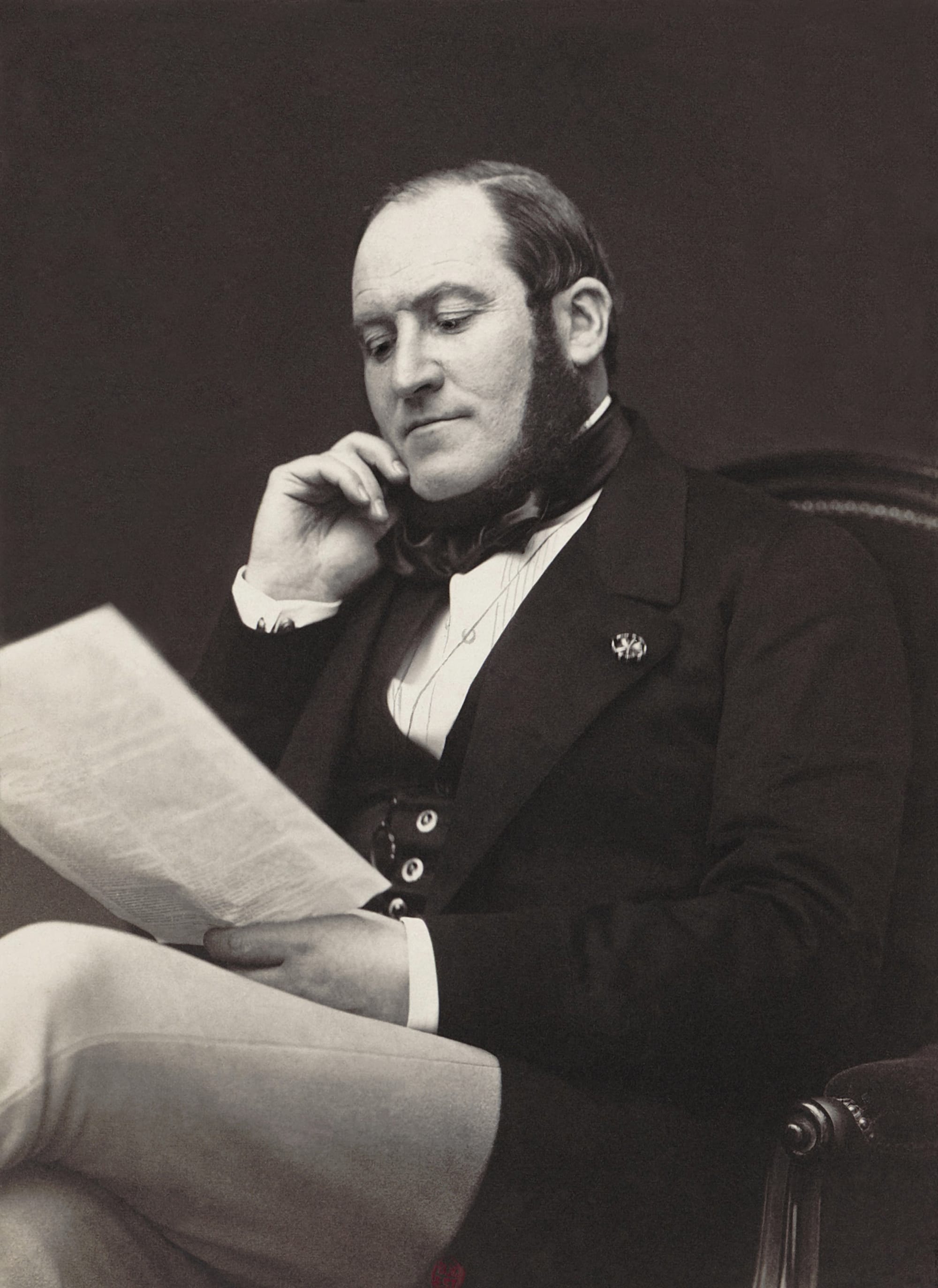
Haussmann had no formal experience in urban planning or architecture, a fact that might have deterred a lesser man. Yet, in his mind, he saw himself as something quite unique: an “artist-demolitionist.” He fancied his role not as one bound by the rules of draftsmen or the constraints of conventional design, but as a visionary wielding a sledgehammer, breaking down the old to make way for the new. To him, every crumbling wall and narrow street was merely an obstacle to be cleared, a canvas waiting for his bold strokes. In this audacious self-image, he found the confidence to reshape a city, one demolition at a time.
But even more intriguing than the grand plans and blueprints were his silent rehearsals of the conversation he would soon need to have with his wife. He could already envision the look on her face. “My dear,” he imagined beginning with a feigned casualness, “I trust you understand that this project requires a rather significant commitment. In fact, it seems I shall be, well, somewhat occupied for the foreseeable future—say, the next two decades or so.” He pictured her raising an eyebrow in disbelief as he quickly added, “And, with all due respect, this may mean you’ll have to handle walking our dog. Daily. Quite possibly until he’s a very old dog indeed.”
He could almost hear her sigh of resignation, a sound he had grown all too accustomed to. But what choice did he have? This monumental undertaking, with its endless meetings and unyielding timelines, would demand every ounce of his time and energy. There would be little room for anything else, least of all morning strolls with their beloved pet.
The absurdity of it all made him chuckle under his breath. Yes, it would be quite the explanation, but then again, what wasn’t absurd in this brave new world he was stepping into...
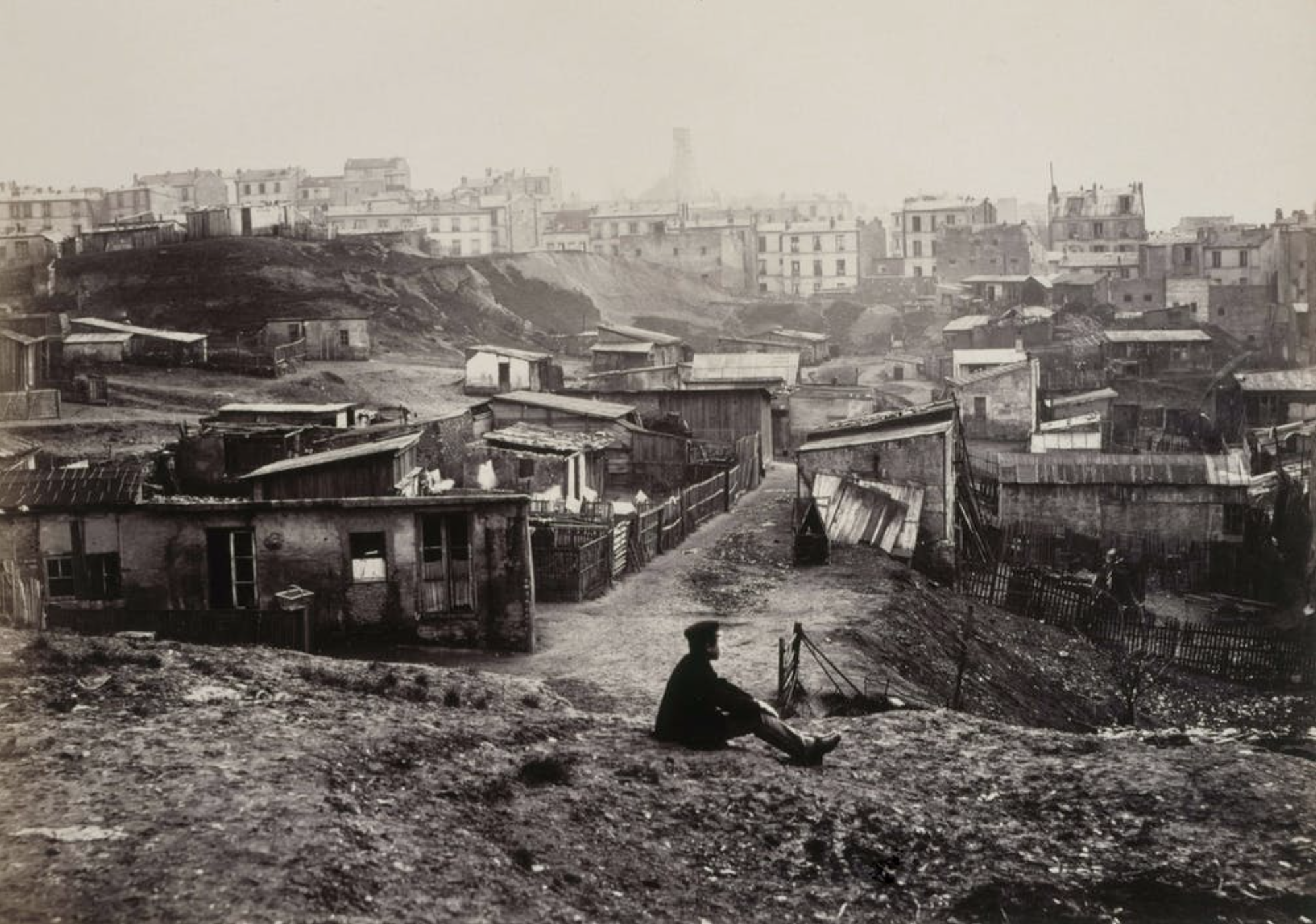
A brave new world it was also, among others, for this no-name local Parisian, bleary-eyed and groggy from a traditional three-day absinthe marathon, who sat on his ass in the dusty street, desperately evaluating the sheer scale of the transformation unfolding around him. His head throbbed with the remnants of his indulgence, yet the sights and sounds of the city’s upheaval were impossible to ignore. Everywhere he looked, buildings were being torn down, streets widened, and entire neighborhoods seemingly erased in the blink of an eye.
As he rubbed his temples, “Bloody hell, what has happened over here since the last time I was sober?” He couldn’t help but wonder: Was it the aftereffects of the absinthe that made the world seem so distorted, or had he and his drinking pals been too loud in their revelries, disrupting some fragile balance? Perhaps this was hell, and they had been cast down without even realizing it. The more he considered, the less sure he felt.
He stared blankly at the chaos before him, pondering whether it might be time to rise up and revolt against yet another reckless whim of the ruling class. He thought about the friends who had drunkenly raged against the injustices of the world just days before. Perhaps they were right: maybe the time for words was over, and the time for action had finally come.
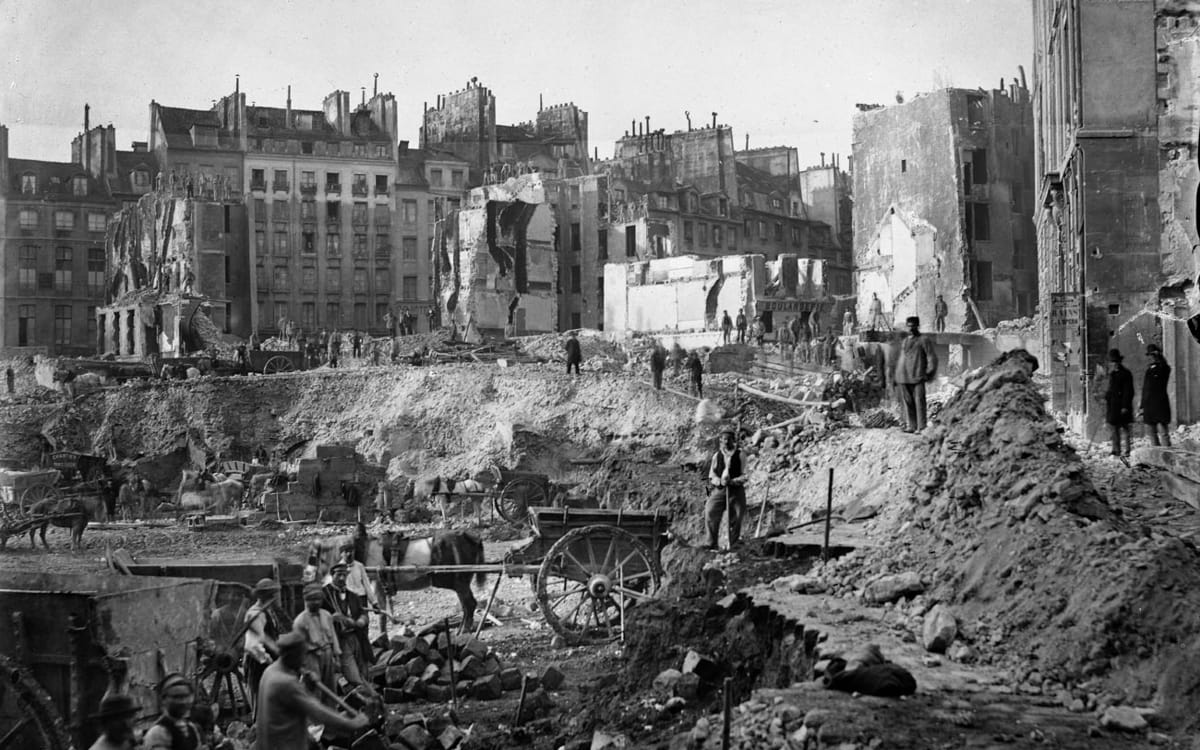
It was, after all, always the same story. The wealthy made their plans, dreamed their dreams, and left the working poor to deal with the rubble. This latest bout of slum renovations seemed to be an attempt to put the have-nots back in their place, to sweep away the inconvenient and replace it with the splendid.
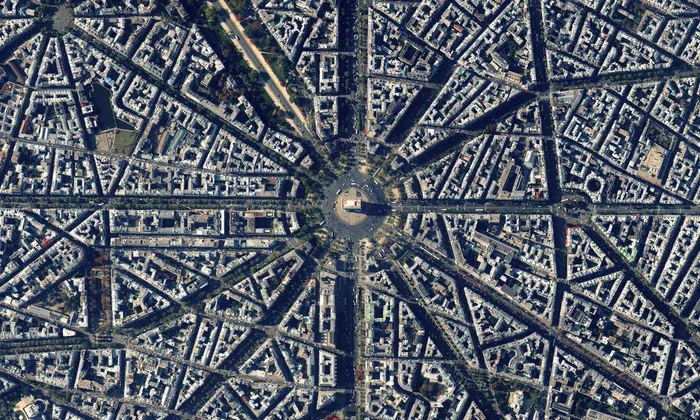
Meanwhile, filled with utter determination, Haussmann and his crew were busy transforming the very fabric of Paris. With sweeping strokes of their pens, they drew bold and straight lines across maps that spanned the entire city, as if wielding magic wands. They demolished and rebuilt entire neighborhoods, displacing thousands of citizens on a daily basis, all in the name of progress and modernization.
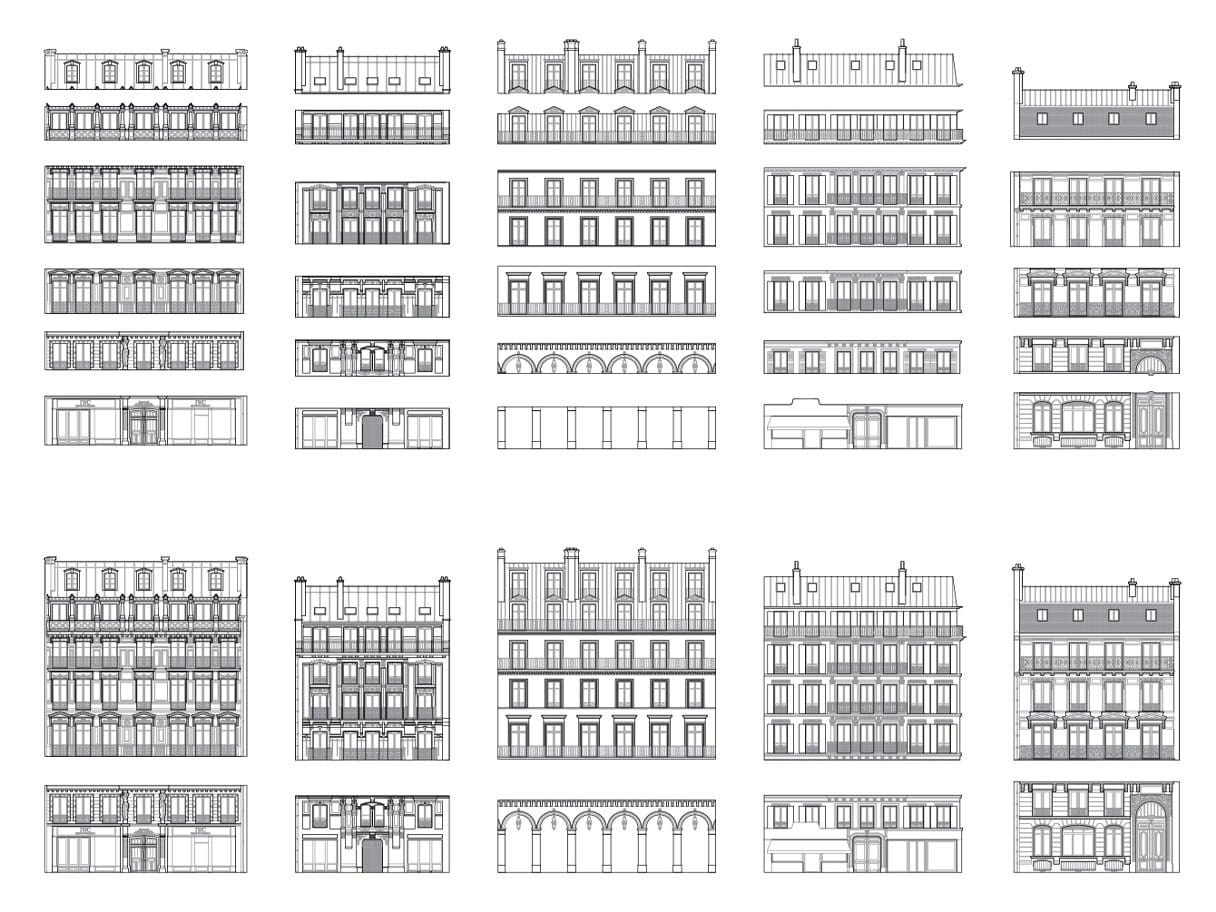
Without any technological marvels of satellite imagery and scanners that were still 100 years in the future, they relied instead on a skill and intuition of the craftsmen on hot air balloons that hovered above the city. Their occupants peering down in an attempt to plan, capture and sketch the sheer scale of the monumental events unfolding below. From this lofty height, the personal concerns or negative emotions of the locals blurred into a mélange of awe and appreciation, a blend of cheers and grumbles indistinguishable from the general din of the city in upheaval.
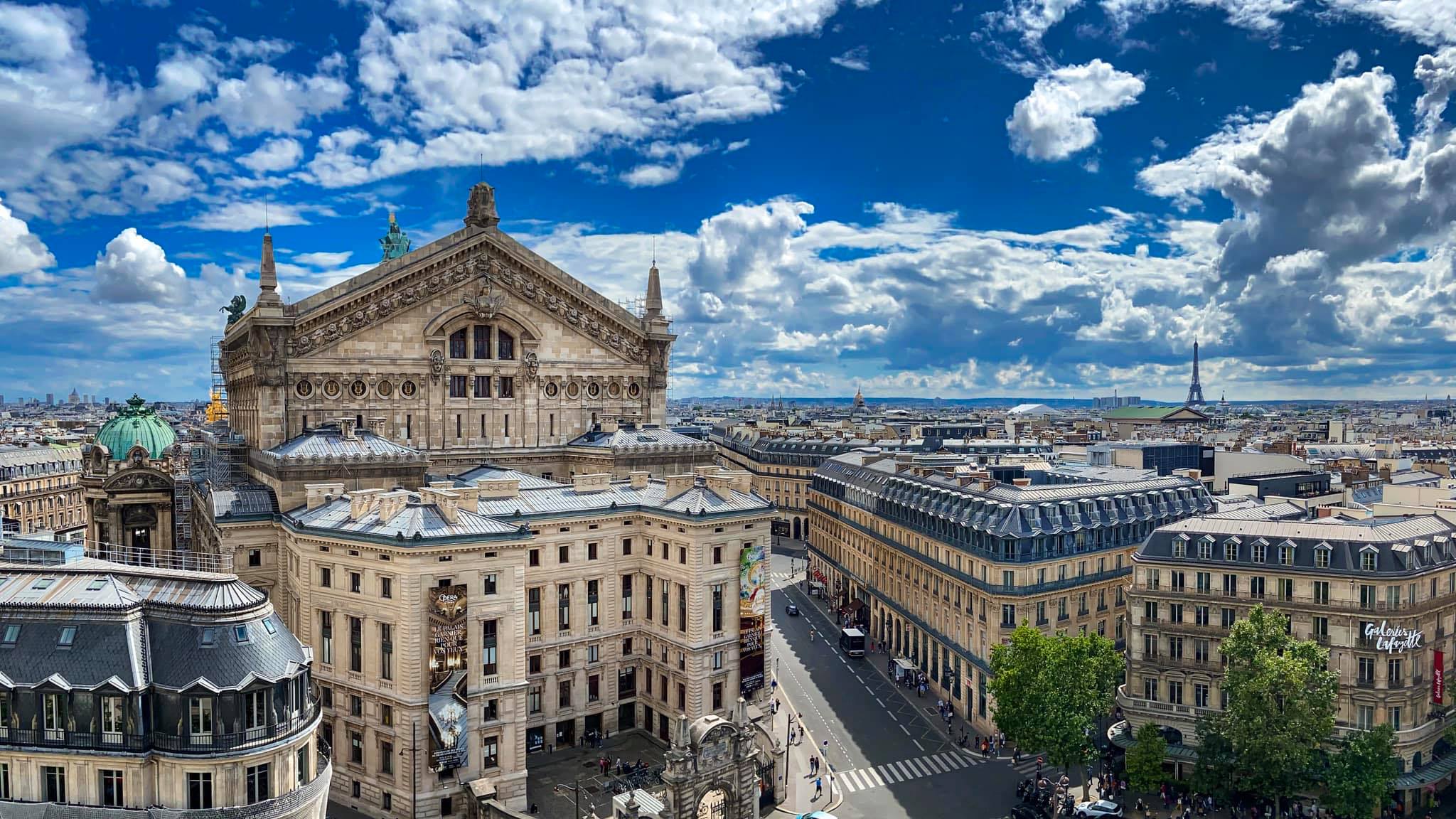
The Haussmannization of Paris was indeed a colossal and complicated project that involved more than just the reconfiguration of streets. Haussmann’s vision required the complete redesign of the city’s road network, the implementation of an entirely new sewage and water system, and the creation of parks and public spaces where once there had been none.
150 years later, from the altitude of a comfortable sofa, one can authoritatively conclude that this photo of mine captures the most impressive element of Paris—the City itself. Here, everything seems to be a byproduct of the boldly and beautifully crafted framework of the city. It’s a place where one simply cannot help but strive to uphold its standards, whether baking a croissant or designing a new fashion line. There are simply no analogues.
Even the new business neighborhood with its skyscrapers—La Défense—had, therefore, to move out to the outskirts, so as not to disturb the city’s carefully crafted composition. The soaring towers and modern glass facades stand apart, ensuring that the heart of Paris remains untouched by the contemporary skyline.
Nothing—not the endless array of ancient artefacts, compiled from all over the world, nor the masterpieces produced by thousands of painters—can compare to this remarkable achievement. It was a time when everything—opportunity, ambition, talent, taste, and resources—came together to leave behind France's greatest masterpiece: the belle époque city of Paris.

